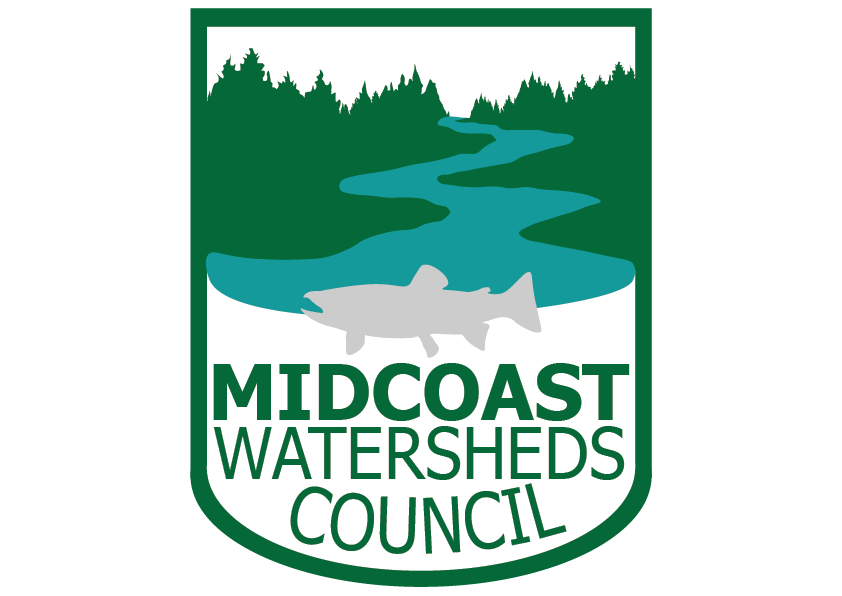Life History Diversity in the Salmon River basin
three part video Series documenting habitat restoration in the Salmon River estuary and its benefits for salmon productivity.
Just north of Lincoln City, restoration of estuarine marshes are more complete than in any other Oregon coastal estuary. Early homesteaders diked and drained most of the marshes in the estuary and converted them to livestock pastures. Restoration projects mainly involved dike removal and re-establishment of native marsh vegetation and tidal channels. The three videos below are scientific presentations given by specialists and researchers working in the estuary.
Taken together, these videos paint a clear picture of the importance of estuarine marshes as salmon habitat, and their role in increasing population productivity and resilience. It should be noted that the Salmon River restoration projects were developed and funded for general ecosystem restoration, and the particular benefits to salmon were only discovered after the restoration was well under way.
“Salmon River Estuary: 40 years of Restoration”
The first video features Siuslaw National Forest staff hydrologist Kami Ellingson, who describes the restoration efforts, implemented between 1978 and 2017, concentrating on the physical and vegetative changes following the dike removals and other restoration actions.
“Increasing Salmon Populations by Restoring the Estuary”
In the second video, Fisheries Biologist Dr. Dan Bottom describes his research documenting increased use of the Salmon River estuarine marshes after restoration. More juvenile Chinook Salmon used the estuary, over a longer season and for longer periods after restoration, and those fish contributed greatly to the population of returning adults. Dr. Bottom describes this as a “Portfolio Effect” where life history diversity increased productivity and population resilience.
“Estuaries as Important Salmon Habitat: Lessons Learned from Research in the Salmon River Estuary”
In the third video, ODFW researcher Kim Jones describes more recent research on estuarine rearing by juvenile Coho Salmon. His team documented multiple patterns of seasonal estuarine rearing by juvenile Coho. They used PIT-tagging of juvenile salmon, and isotopic ratios in the otoliths of returning adults to determe patterns of estuarine use. They found that from year to year, estuary-rearing Coho contributed 20% to 35% of the returning adults.

